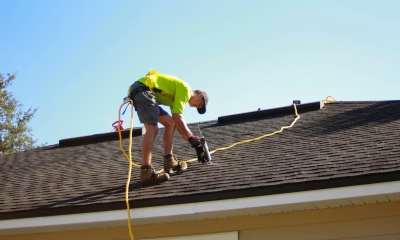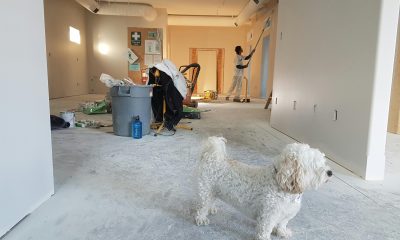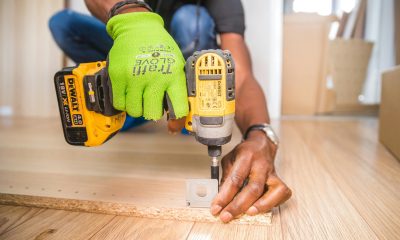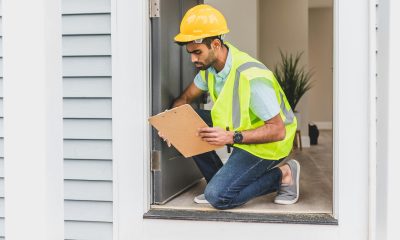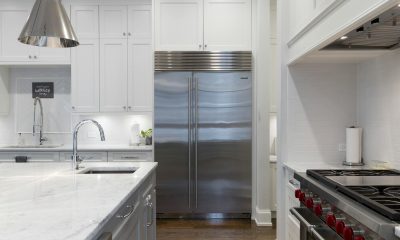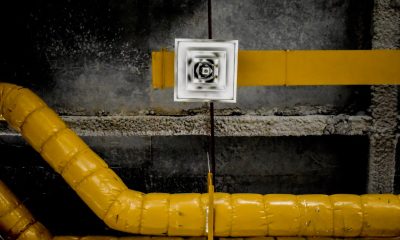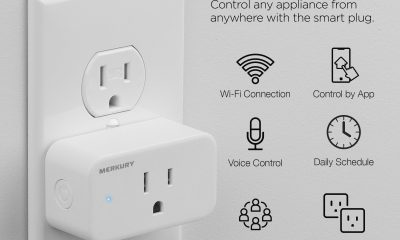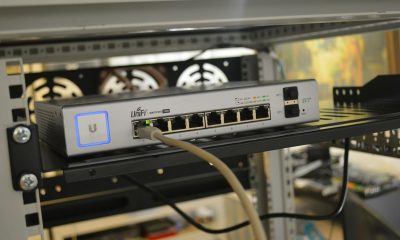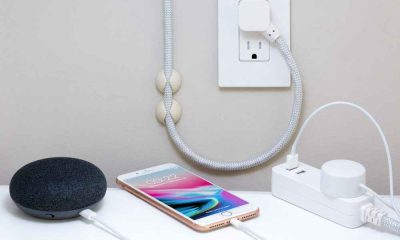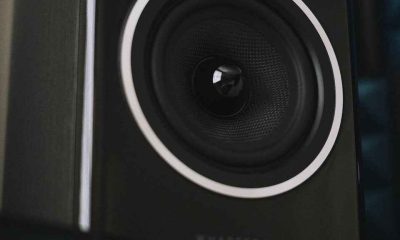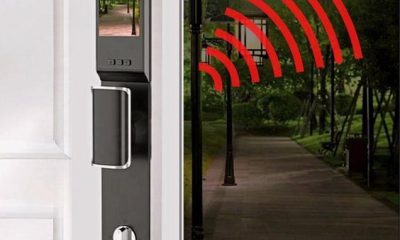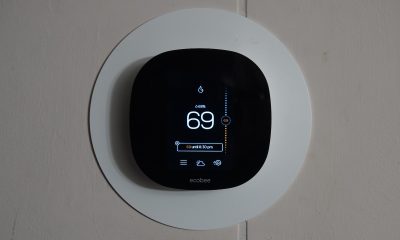Guides
How to Prep Your Home for Major Renovations?

Planning a big home renovation? Whether you’re redoing your kitchen, opening up your living room, or remodeling a bathroom, there’s a lot to get ready before the work begins. And if you’re in a growing area like Boynton Beach, where projects move quickly, being prepared can save you time and stress. Getting your home renovation-ready isn’t just helpful—it’s essential if you want the process to run smoothly from start to finish.
This guide walks you through simple steps to get everything ready before your contractors show up.
1. Clear the Space (and Make a Plan for Your Stuff)
Once your project is scheduled, the first thing you should do is clear out the space. That means more than just moving a few chairs out of the way. Take out everything—furniture, wall art, rugs, lamps, and anything else that might get damaged or collect dust.
It’s also a good time to sort through your things. If you haven’t used something in a while, maybe it’s time to donate it. For items you want to keep but won’t need during the renovation, find a safe place to store them.
If you live in Boynton Beach, space might be tight. You may not have a spare room or garage to store everything. For homeowners who need help with the heavy lifting, Bekins Boynton Beach movers offer short-term storage and careful handling that can take a load off during renovations.
Their team can pack and move your items with care and even store them for you until the work is done.
2. Protect What’s Staying Behind
Not everything can be moved out of the way. Some things, like built-in cabinets, large appliances, or flooring, might have to stay put. That’s okay, but they’ll need protection.
Use thick plastic sheets or drop cloths to cover floors and countertops. Tape them down so they don’t shift. If your project involves painting or drywall work, seal doorways and vents with painter’s tape and plastic to stop dust from spreading.
Also, think about your light fixtures or ceiling fans. If they’re in the work zone but can’t be removed, cover them tightly. The more protection you use, the less cleanup you’ll face later.
3. Prep for Noise, Dust, and Disruption
Renovation work isn’t quiet. Expect loud tools, constant foot traffic, and a lot of dust. It’s all part of the process, but that doesn’t mean you have to suffer through it without a plan.
Start by deciding which parts of your home will be off-limits. Seal off those rooms to keep dust and debris contained. If possible, turn off the HVAC system while work is happening in the main zone. This helps stop dust from blowing through the vents.
Next, plan for your family. If you have young kids or pets, think about their safety. Loud noises and strange people in the house can be stressful for them. Ask a friend or relative if they can stay over, or look into temporary boarding for pets if needed.
4. Talk to Your Contractor About Daily Routines
Before any work begins, have a clear conversation with your contractor. Go over your schedule and theirs. Decide on work hours, break times, and which entrances they should use. This helps everyone stay on the same page.
It’s also smart to talk about access. Will workers need to use your bathroom? Will they need the water turned on? Make a list of expectations so there are no surprises.
Don’t forget to ask about cleanup. Some crews tidy up at the end of each day, while others wait until the job is done. Knowing what to expect helps you plan your own routine.
5. Set Up a Mini-Kitchen or Alternate Living Space
If your kitchen is the main renovation area, you’ll still need a place to make simple meals. You can set up a mini-kitchen in another room using a microwave, toaster oven, or electric kettle. A folding table and a few storage bins can help keep things organized.
The same goes for bathrooms. If you’re renovating your main bathroom, make sure the other one is ready to go. Stock it with towels, toiletries, and anything else you’ll need.
It’s all about making the temporary situation feel a little more normal. Having a basic setup means you don’t have to eat takeout for weeks or run to the neighbors every time you need a shower.
6. Check Your Insurance and Permits
Before work starts, give your home insurance provider a call. Let them know you’re planning a renovation. In some cases, you may need extra coverage for materials or tools stored on your property. It’s better to be safe than sorry.
Next, make sure your contractor has the right permits. If you skip this step, you could face fines or delays later. A good contractor should handle the permit process for you, but always double-check to be sure.
You should also keep a folder with all your renovation documents. That includes contracts, receipts, estimates, and photos. Take “before” pictures now. They’ll be helpful if you ever need to file a claim or just want to remember how far you’ve come.
7. Make a Renovation Calendar You Can Stick To
Renovation projects tend to go smoother when there’s a plan. Sit down with your contractor and map out a basic calendar. Include demo days, delivery dates, and key project milestones. That way, you’ll know what to expect and when.
Of course, delays happen. Weather, back-ordered materials, or changes to the plan can all throw things off. But having a general schedule helps you stay focused and organized.
Use a whiteboard, app, or shared calendar to track updates. Mark days when you’ll need to be home or when certain parts of the house will be out of use.
Major renovations take time, money, and patience. But with the right prep, you can stay in control of the process—and maybe even enjoy it a little. Clear your space, protect your things, talk with your contractor, and plan ahead. And when you need a little extra help moving, don’t hesitate to bring in the pros. Getting your home ready now means fewer surprises later.
-

 Gadgets3 years ago
Gadgets3 years agoDoes Nest Thermostats Contain Cameras Or Microphones? Is It Safe For you?
-

 Guides1 year ago
Guides1 year ago10 Best Apps To Control All Your Smart Home Devices.
-
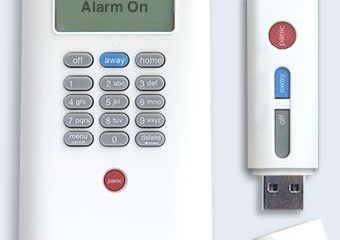
 Gadgets3 years ago
Gadgets3 years agoWhat Is The Purpose Of Red Button On The SimpliSafe Keypad?
-
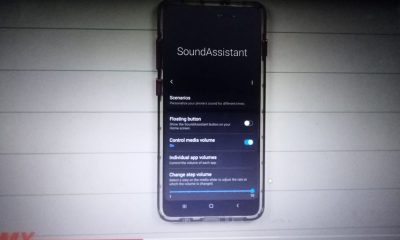
 Gadgets3 years ago
Gadgets3 years agoComplete Guide About Equalizer settings for Samsung-Soundbar
-
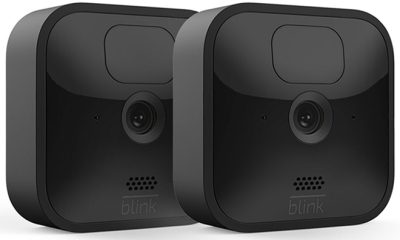
 Accessories2 years ago
Accessories2 years agoBlink Camera’s Temperature Sensor Settings, and More
-

 Gadgets3 years ago
Gadgets3 years agoFitbit Symbols Meaning: What Do The Fitbit Icons Mean?
-

 Solutions3 years ago
Solutions3 years agoWhy is My Samsung TV Picture So Dark? Exploring the Possible Causes
-

 Accessories2 years ago
Accessories2 years agoCan Siri Control Samsung Televisions And Are Samsung TVs Homekit Compliant?








